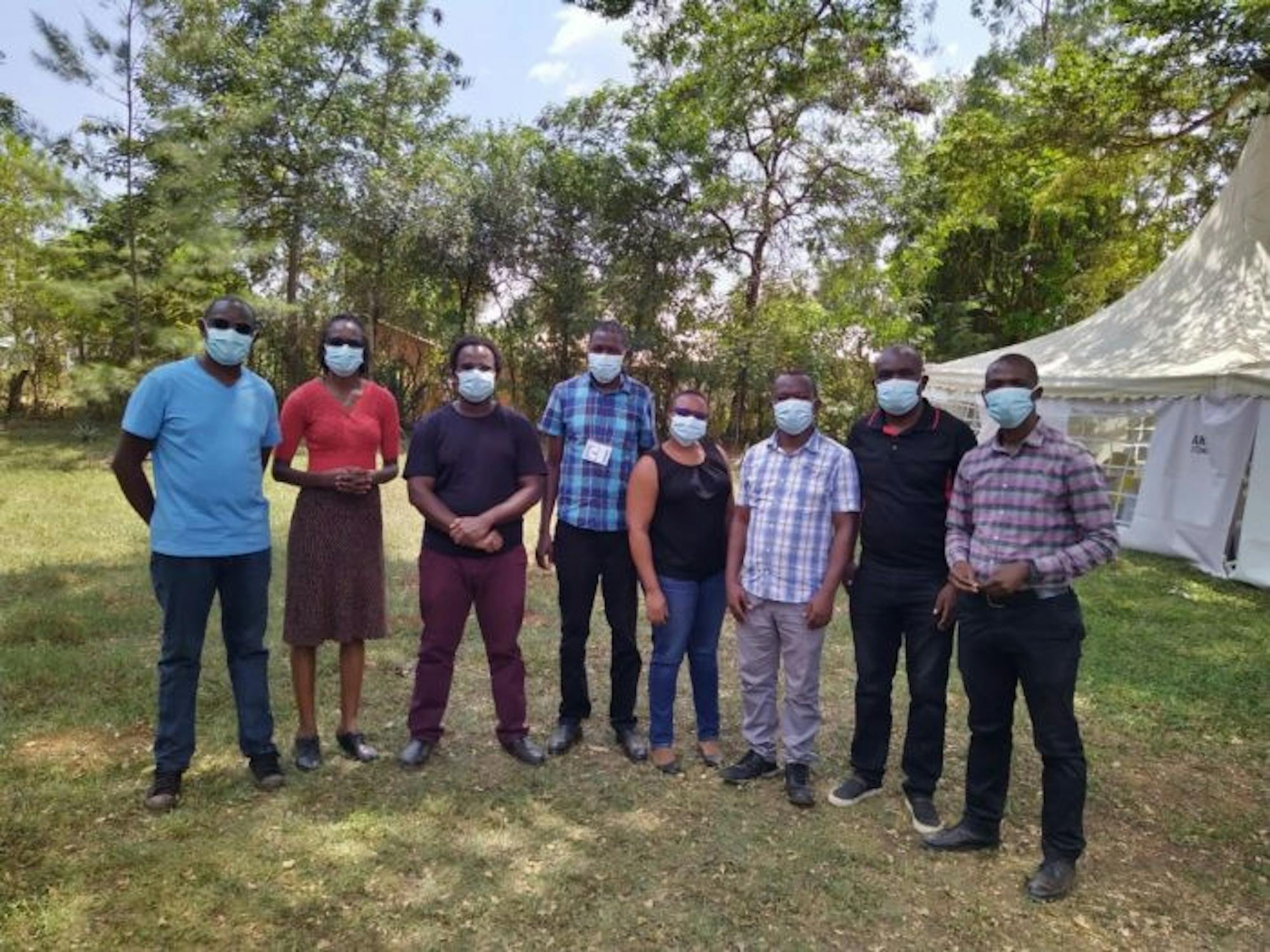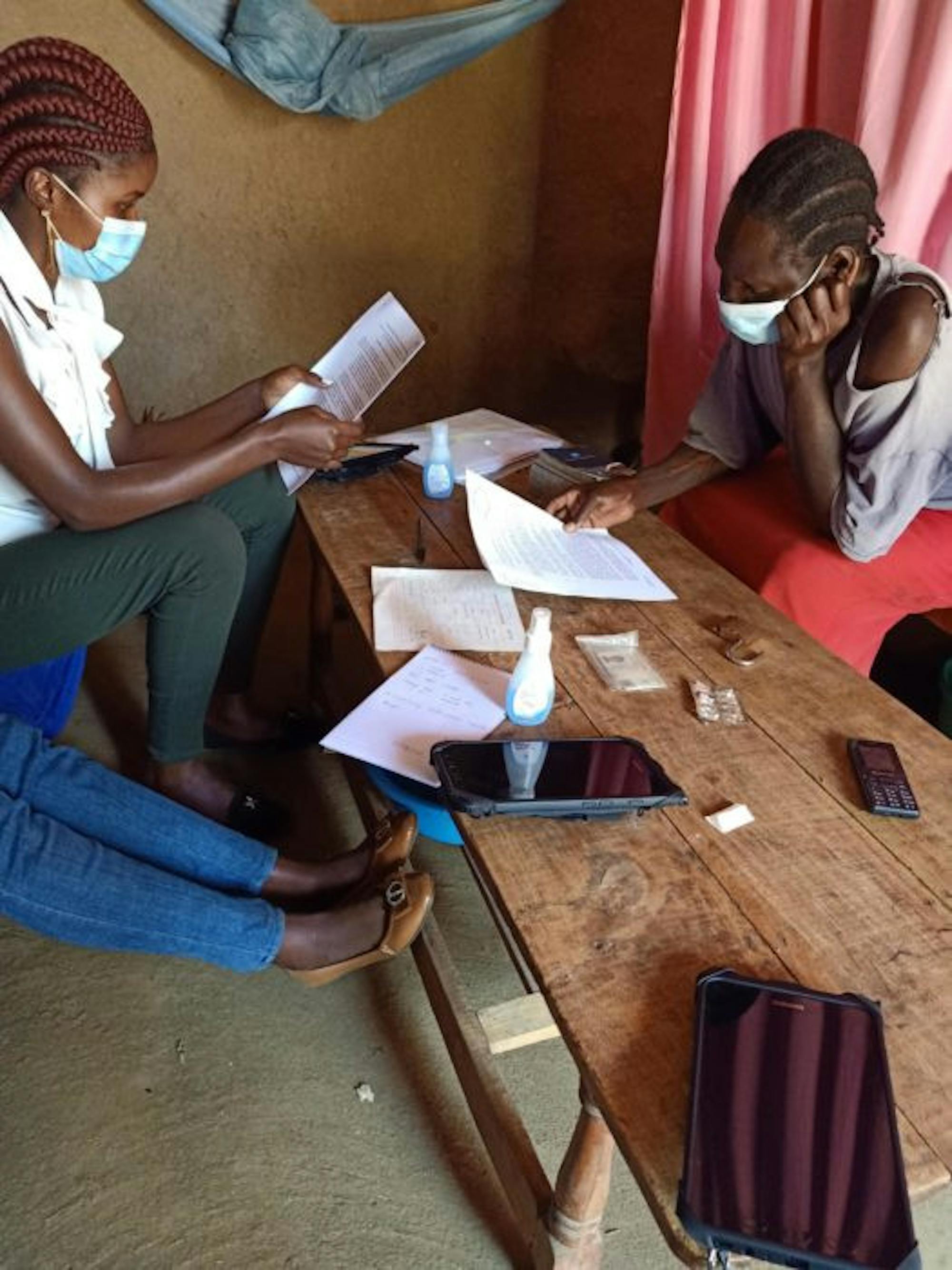When John Grieco and Nicole Achee sit down at their dinner table, they make an effort to talk about anything other than the five-year research program they are helping lead.
Grieco and Achee, both research associate professors in the Department of Biological Sciences at the University, are not only partners in life but also professional colleagues. Both serve as investigators on the Advancing Evidence for the Global Implementation of Spatial Repellents (AEGIS) research team.
Led by Notre Dame with the help of several consortium members and project partners, the AEGIS project is dedicated to generating evidence about the efficacy of spatial repellents as a supplementary tool in preventing the spread of malaria and Aedes-borne viruses. The team’s goal is to generate the evidence required to obtain a global health policy recommendation from the World Health Organization (WHO).
“That recommendation allows us to have global implementation, meaning we can place special repellents into public health programs for control of, in our case, vector-borne diseases like malaria and dengue and Zika,” Achee, the project’s scientific director, said.
Grieco, the project’s lead principal investigator, said the AEGIS team is currently preparing to launch their first trial in Kenya this summer. The team later plans to launch additional trials in Mali and Sri Lanka. 
The trials were originally planned to take place a year ago, but the COVID-19 pandemic paused the program. In addition to forcing the delay, the pandemic has caused the project to undergo major logistical and budgetary changes.
Unitaid, the primary funder of the project, has required personal protective equipment (PPE) to be purchased for the sites. Grieco said almost $1 million worth of PPE has been purchased, with donors from the University helping foot the bill.
Additionally, interviews with homeowners and participants in the trials now must take place virtually.
“It’s been a huge burden,” Grieco said. “We’ve had to readjust how we interact with the homeowners.”
The concept of spatial repellents has been around for about 75 years, Achee said. Spatial repellents aimed at preventing mosquito bites are on the market in various forms, such as mosquito coils. However, the AEGIS team is focusing on gaining data for the product class of spatial repellents aimed at preventing disease. SC Johnson, an industry partner of AEGIS, recently completed two trials with funding from the Bill & Melinda Gates Foundation.
The Gates Foundation funded one trial for dengue and another trial for malaria. However, in order to qualify for a policy recommendation, Achee said the WHO requires two trials for each disease in two different settings. She said the data from the Gates trials were encouraging enough for the AEGIS project to continue seeking the policy recommendation.
“Our outcomes were very positive,” she said. “There would be reason for WHO to be interested in continuing. We would need to do certain things to help fill the gaps that the Bill & Melinda Gates Foundation program wasn’t capturing.”
Achee added that the AEGIS team has a unique opportunity to pursue this global health effort because pursuing a public health policy recommendation requires a lot of funding and effort that many companies don’t have access to. 
If AEGIS is able to get the recommendation, then smaller companies will have a better opportunity to pursue putting their spatial repellents on the consumer and public health markets, Achee said.
Achee stressed that AEGIS’s goal is not just to prevent deaths from the diseases but to reduce the morbidity. Models estimate the average annual amount of infections to be around 390 million for dengue and 229 million for malaria in 2019, according to WHO.
The spatial repellent product class that AEGIS is testing will not replace other methods of preventing mosquito bites but will supplement these methods, Grieco said. Methods already in place for preventing bites include bed nets and indoor residual sprays.
“This tool is something to augment or supplement what they’re currently using,” Grieco said.
The team discovered chemicals in the repellents that have been shown to decrease the mosquito populations in ways other than simply repelling them. Grieco said there is evidence to suggest some of the chemicals may interfere with mating and egg laying.
Achee said the progress the team has made is encouraging and bodes well for their pursuit of the WHO policy recommendation. She said she is confident in the work from not only the AEGIS team, but also from the other groups and individuals who have worked on preventing the transmission of vector-borne diseases.
With the goal of getting the recommendation in sight, Achee said she’s excited to even have the opportunity to make an impact.
“We would have an opportunity to help people that are suffering from these diseases around the world to be offered an alternative that has been shown to be effective,” she said. “We’re pushing towards the goal.”
University leads public health research effort to prevent vector-borne diseases
Courtesy of John Grieco
The study team poses on-site in Busia County, Kenya.
AEGIS participants in Kenya consent to take part in the trials.









